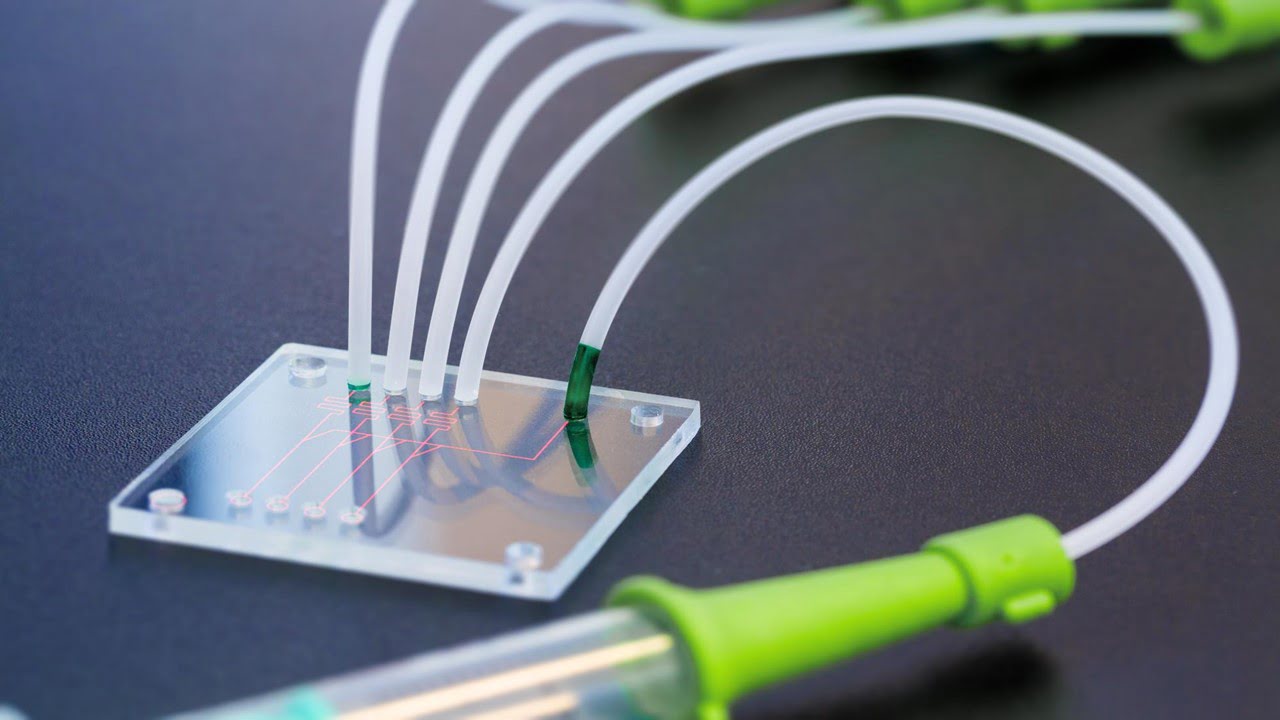
Senescence, which affects stem cells, essential for therapeutic usage, occurs in our bodies as we age. But when they reach the senescent stage, they cease making vital biomolecules. Researchers should stop older cells from entering the culture to stop senescence. Biomolecules needed for treatments are produced by mesenchymal stem cells derived from fat tissue. Researchers [..]
Read More
A photonic chip developed by researchers turns a single incoming laser beam into various new beams with various optical characteristics. At various points along the chip, the freshly created beams, which have the same frequency as the original beam, simultaneously leave the circuit. It enables engineers and scientists to choose the precise properties of one [..]
Read More
Better, quicker, and less expensive MRIs with broader biological uses may be made possible by hyperpolarization. There are restrictions on the magnetic resonance (MR) signals utilized in medical imaging. The signal in magnetic resonance applications used in biomedicine is so faint that many images must be taken and averaged, according to the researcher. The length [..]
Read More
The gold-standard technique for determining the quantity of replication-competent lytic virions, the plaque assay, necessitates staining and typically takes longer than 48 hours to complete. Researchers have demonstrated how deep learning and lens-free holographic imaging may be used to speed up and automate the test. The small imaging device measures the amount of infected tissue [..]
Read More
The “breathing,” or mechanical vibration that occurs between two layers of atoms, has been harnessed by a research team to create a new quantum technology building block. The research team found that by examining the type of light that those atoms released when triggered by a laser, they could identify atomic breathing or the mechanical [..]
Read More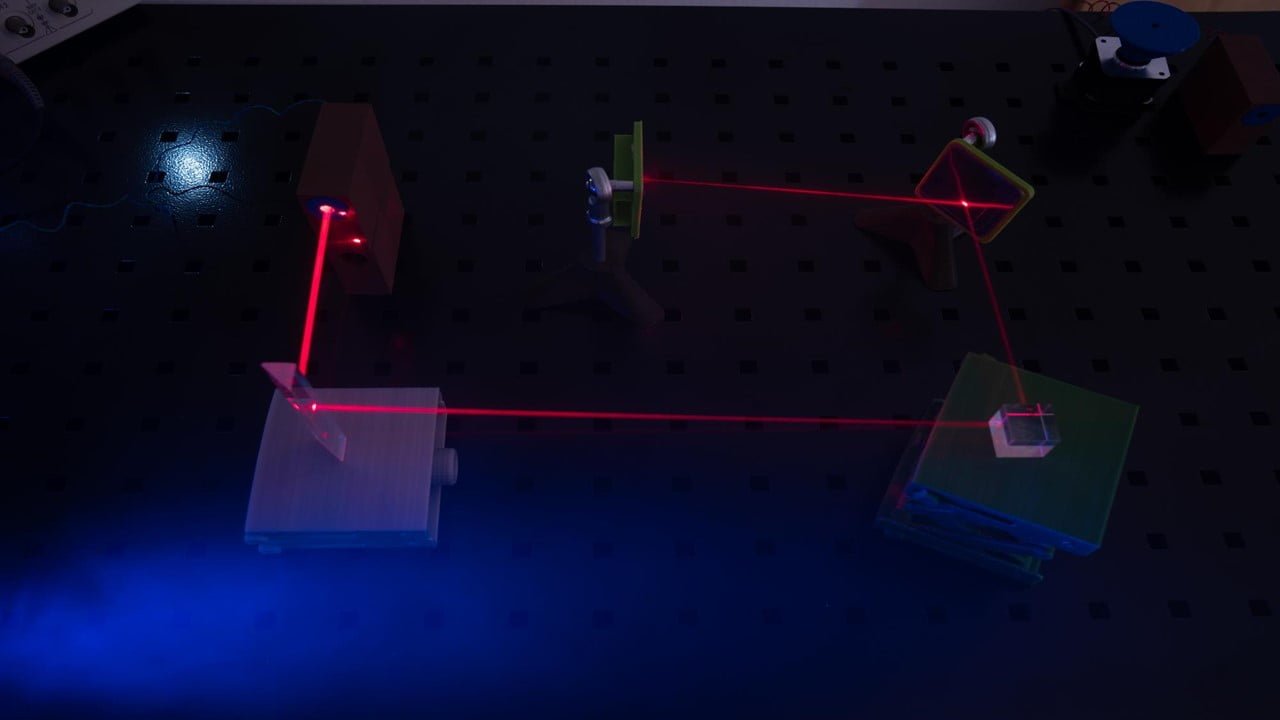
In addition to a large global network of communication cables, the ocean’s depths are home to a rich ecosystem of marine animals. These vital wires are susceptible to damage from earthquakes and tsunamis. Scientists that track this seismic activity encounter a hurdle since the Earth’s surface is more than 70% water. However, the wires present [..]
Read More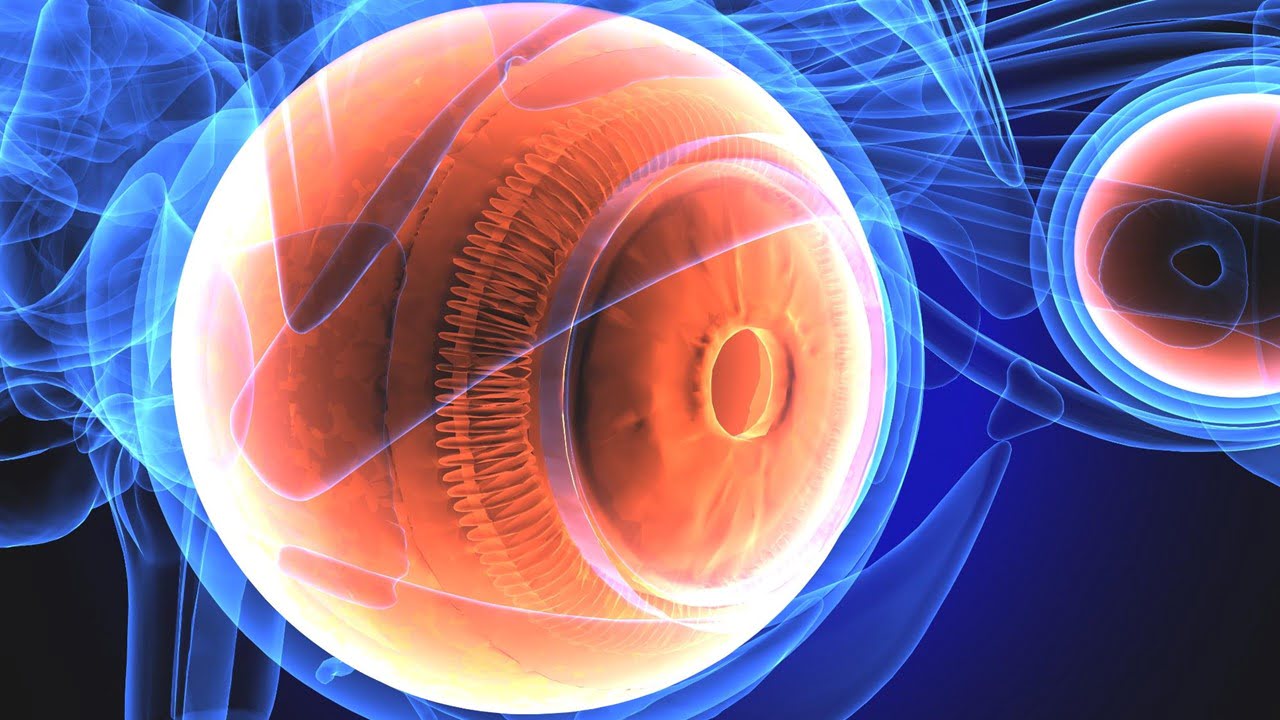
Retrospective cohort research found that an AI-driven automated optical coherence tomography angiography (OCTA) review system accurately predicted the development of diabetic macular ischemia (DMI) by more than 90%. At baseline, the DMI of the superficial capillary plexus more than quadrupled, and the DMI of the deep capillary plexus more than tripled the risk of diabetic [..]
Read More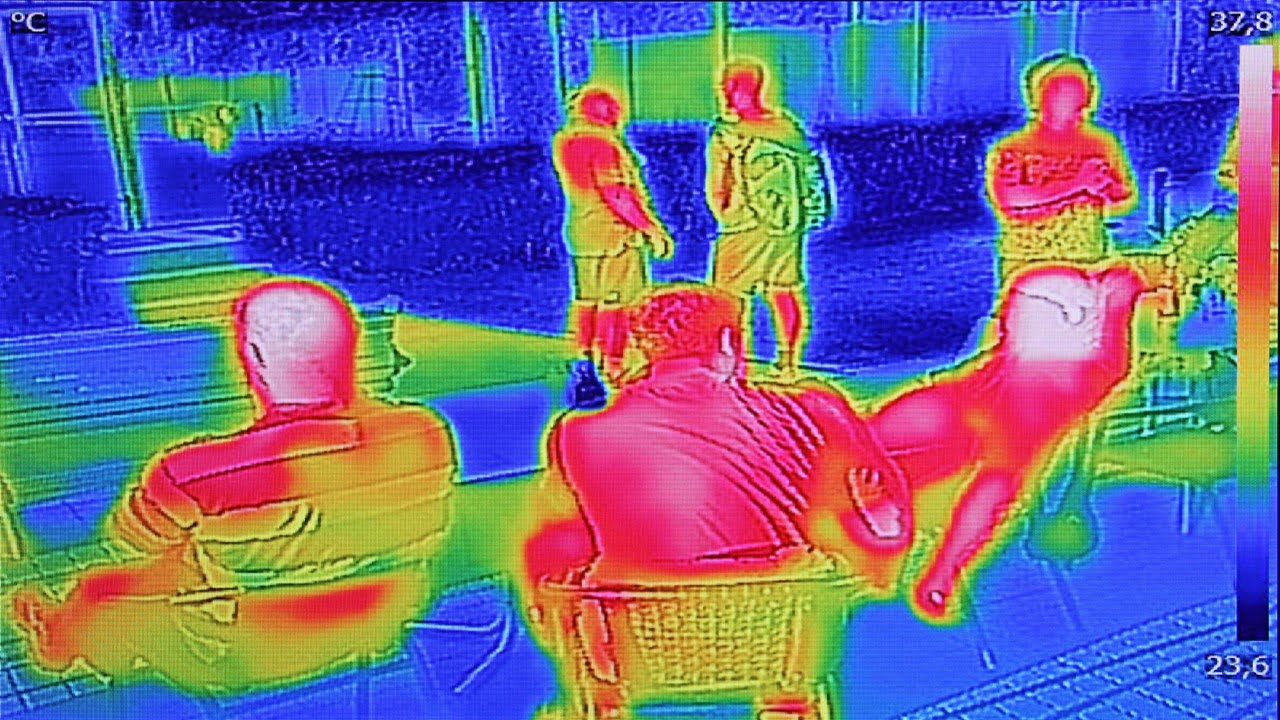
Researchers have found a brand-new, inexpensive material that may be used to create thermal imaging lenses, opening up advanced manufacturing uses for this potent technology. Many sectors employ thermal and infrared imaging, including defense, security and surveillance, medical and electrical engineering, space exploration, and autonomous vehicle operation. However, the materials are expensive and must be [..]
Read More
An innovative endoscopic imaging system with a design that could speed up the deployment of multi-tracer fluorescence-guided surgery (FGS) was described by a research team. The unique hexa-chromatic bioinspired imaging sensor (BIS), which the researchers based on the visual system of the mantis shrimp, is at the core of this design. The sensor consists of [..]
Read More
A research team has put forth a new approach to controlling dispersion. Using a single metasurface device created with a unique lens model, they could control the dispersion and create an ultra-thin spectrometer with a nanoscale resolution. The new lens design used in this method, which enables both wavelength splitting and light focusing, makes it [..]
Read More
A well-known incoherent digital holography method is Fresnel incoherent correlation holography (FINCH). In FINCH, a light source divides into two beams of light that are then modified variably by two diffractive lenses with various focal distances and interfered with, creating a self-interference hologram. The hologram recreates the picture of the object at various depths via [..]
Read More
As a replacement for intrusive glucose detection technology, the combination of mid-infrared and photoacoustic spectroscopy has shown significant advancements. A dual single-wavelength quantum cascade laser system has been developed using photoacoustic spectroscopy for noninvasive glucose monitoring. As test models for the setup, biomedical skin phantoms with characteristics similar to human skin have been created using [..]
Read More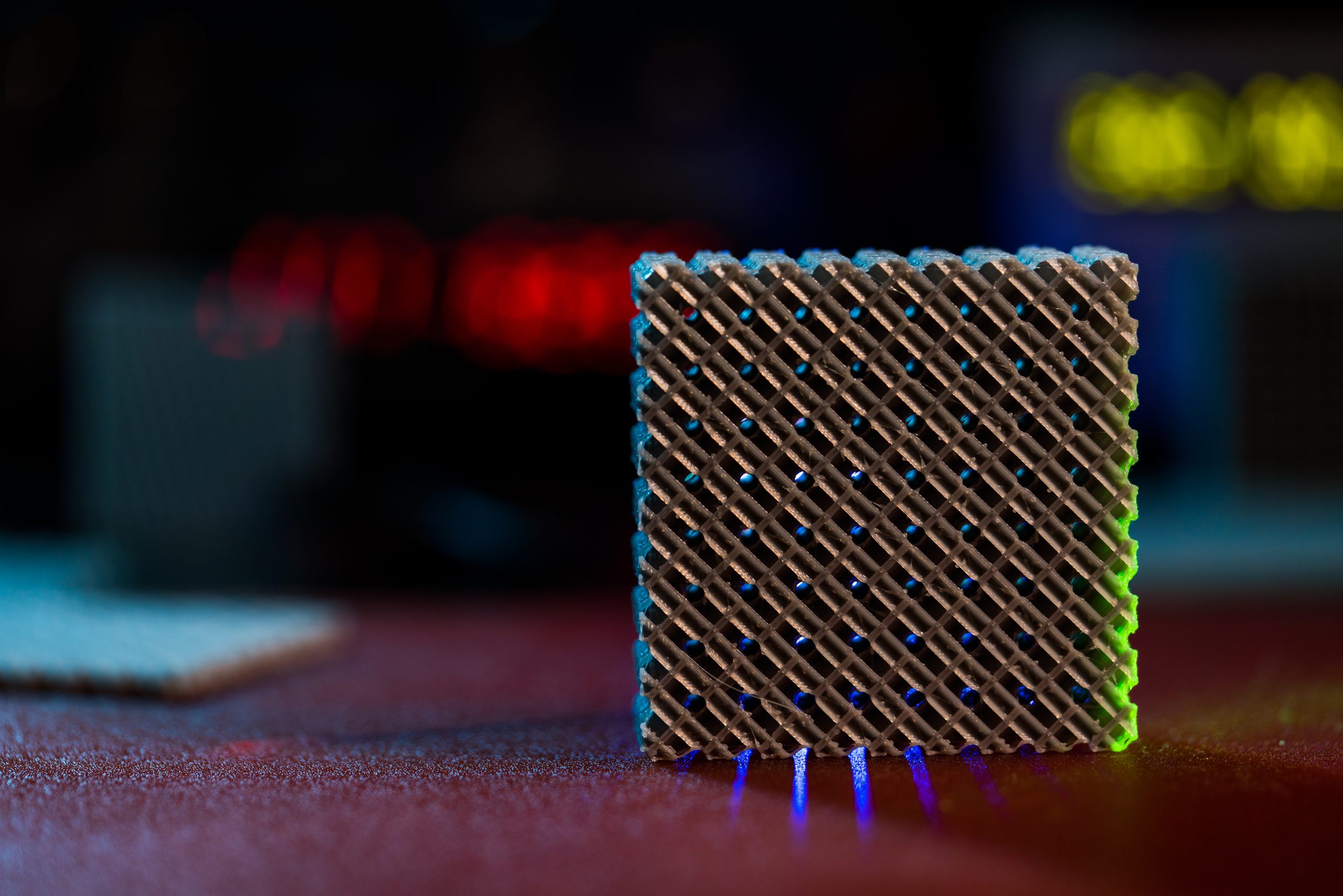
Due to their simple three-dimensional (3D) nanofabrication, numerous shape transformations, appealing manipulation capabilities, and wealth of possible applications in nanophotonic devices, nano-kirigami metasurfaces have gained increasing attention. In this work, researchers show the broadband and high-efficiency linear polarization conversion in the near-infrared wavelength range by introducing an out-of-plane degree of freedom to the double split-ring [..]
Read More
An optical-fingerprint detection system has received a technical patent from the USPTO. The temperature compensation approach can be implemented using a row-based system. In the row-based technique, the first reading is obtained while the matching pixel switches are open, and one or more of the array’s pixels are pixels of a row of the array. [..]
Read More
Photonic chips have changed data-intensive technologies. These laser-powered devices send and analyze information at the speed of light, making them a viable answer for artificial intelligence’s data-hungry applications, whether used alone or in conjunction with conventional electrical circuits. A research team has developed a photonic device for AI applications that offers customizable on-chip information processing [..]
Read More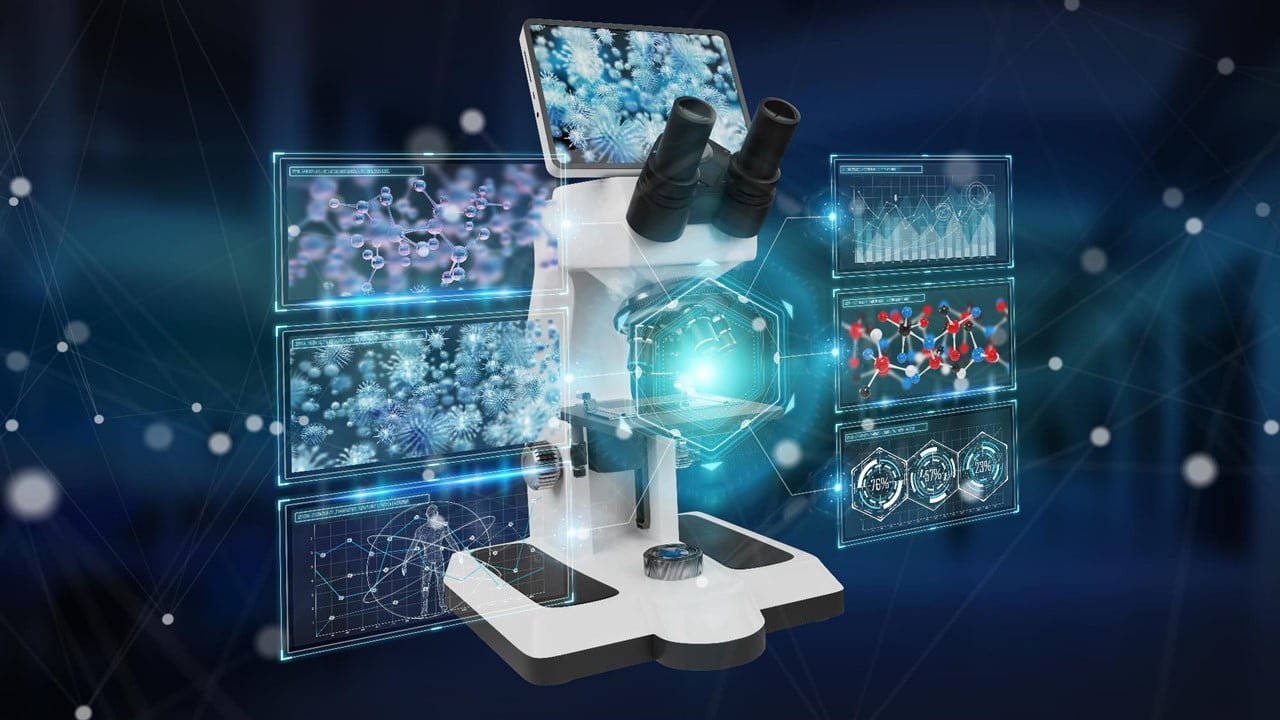
Using optical microscopy, researchers have created a new and very effective technique for quickly assessing the antibiotic susceptibility of samples. The process, known as “Optical Nanomotion Detection,” is incredibly quick, sensitive to single cells, label-free, and calls for a straightforward standard optical microscope fitted with a camera or a cell phone. Antibiotic resistance occurs when [..]
Read More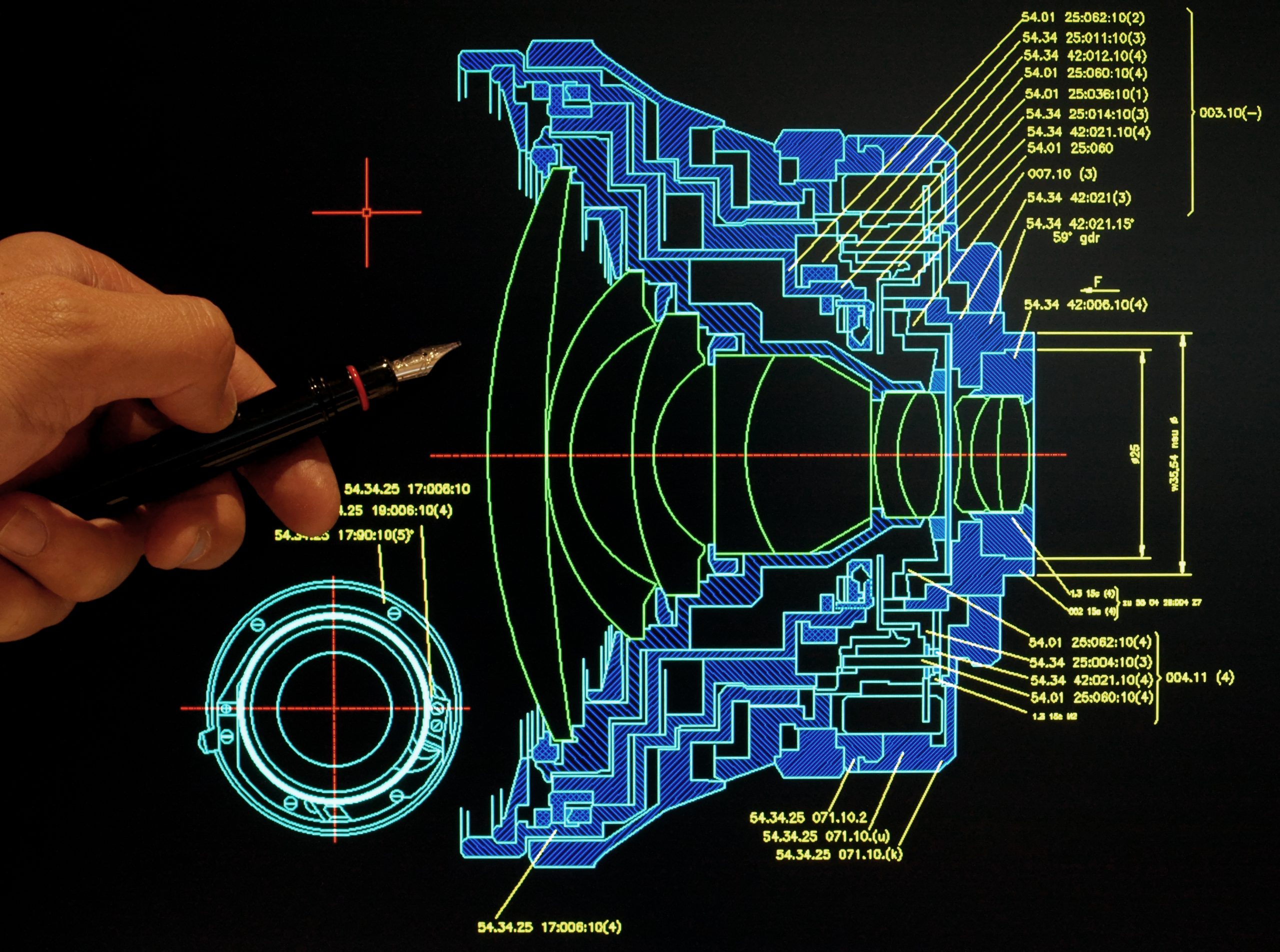
The “spooky action at a distance” that once alarmed Einstein may soon become as commonplace as the gyroscopes used in today’s smartphones to monitor acceleration. A new study shows that quantum entanglement dramatically increases the accuracy of sensors that can navigate without GPS. Optomechanical sensors track the disturbance forces that cause a sensing object to [..]
Read More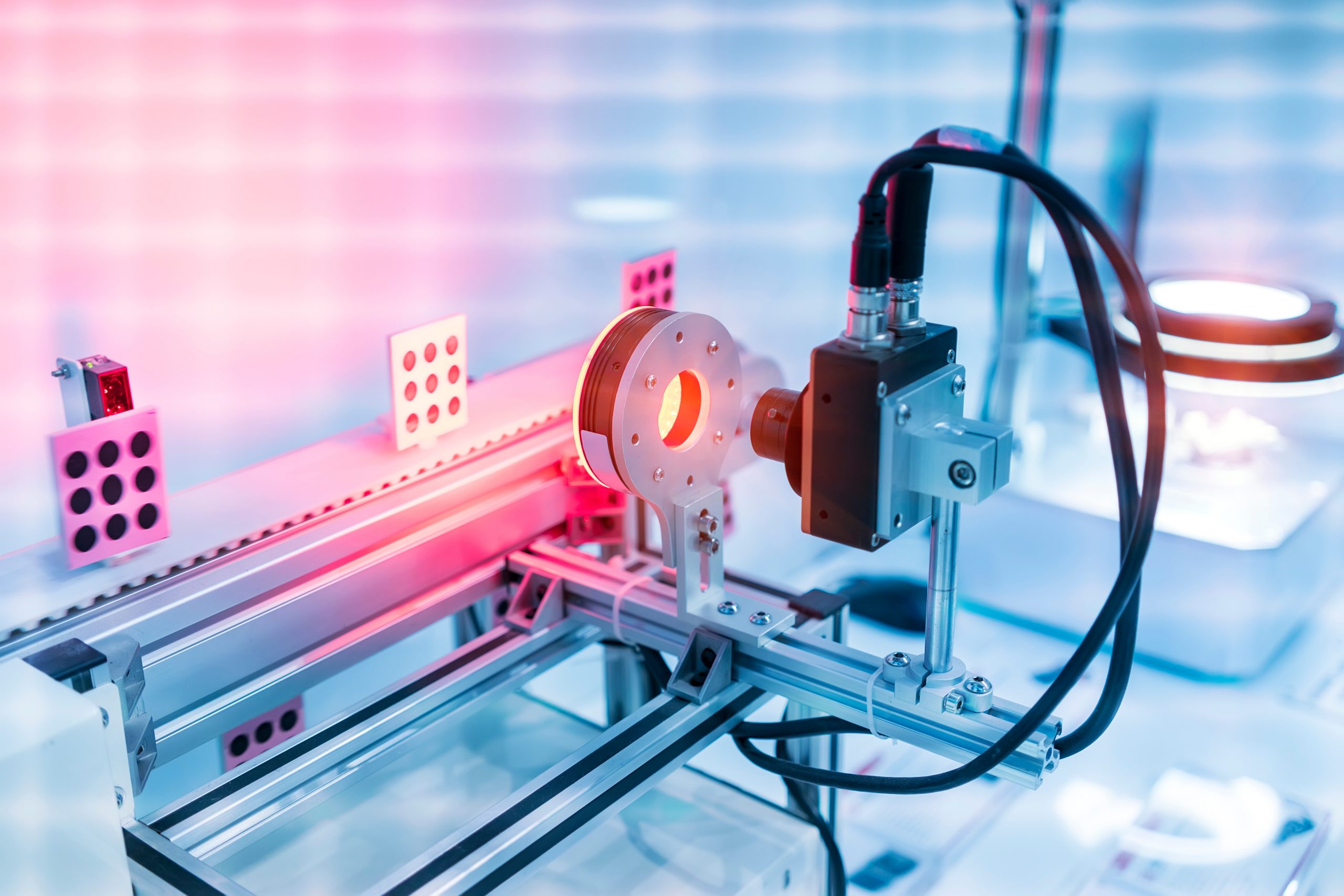
In a single frame from a movie, a new bio-inspired smart neuromorphic sensor can identify moving objects and accurately anticipate where they will go next. Various industries, including dynamic visual sensing, automatic inspection, industrial process management, robotic guiding, and autonomous driving technology, will benefit from using this smart sensor. Current motion detection systems could be [..]
Read More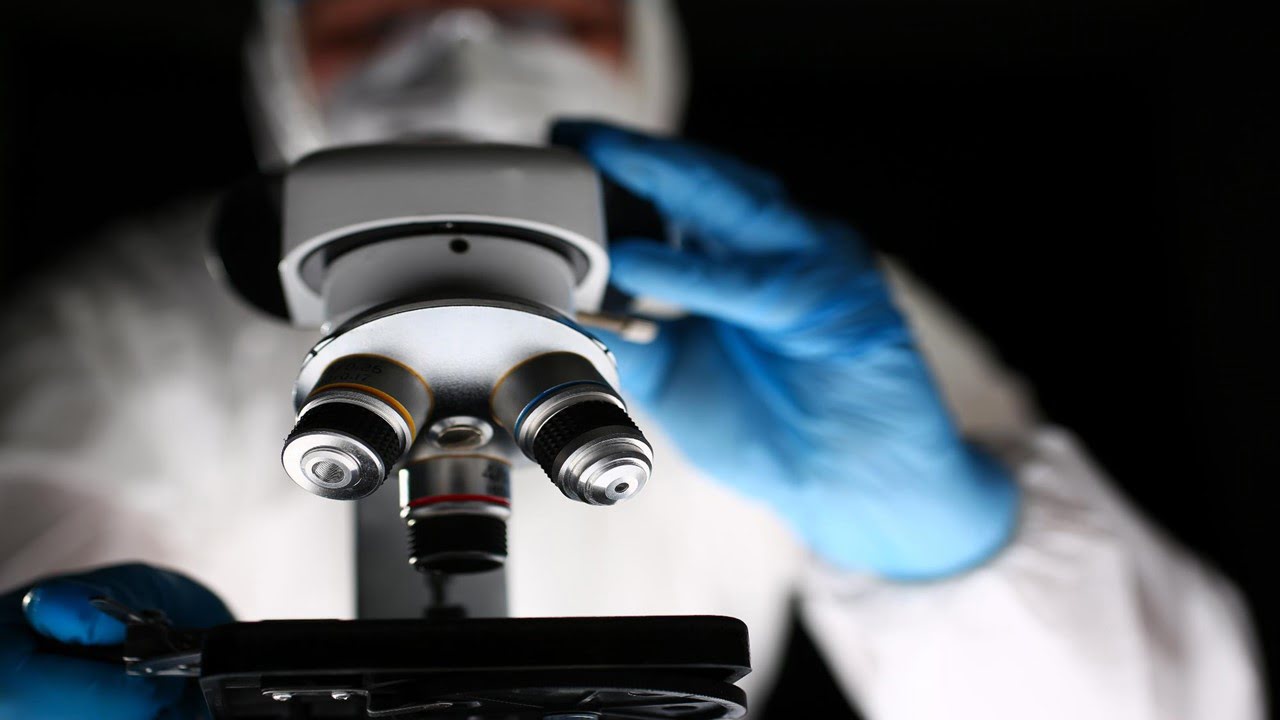
Researchers demonstrate the powers of their brand-new Multi Camera Array Microscope (MCAM), a high-speed, 3D, gigapixel microscope. The device is giving researchers worldwide new opportunities by capturing 3D movies of the behavior of numerous freely swimming zebrafish or the grooming activity of fruit flies in close to cellular-level detail across a very broad field of [..]
Read More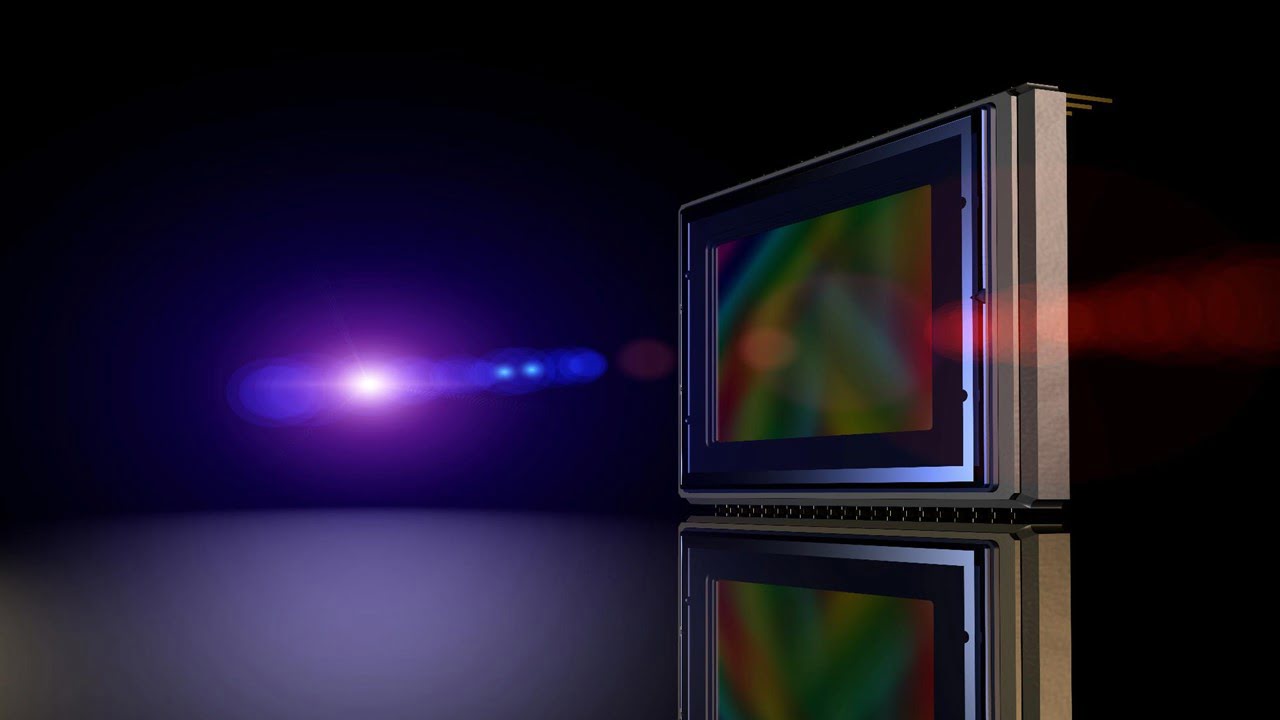
Hydrogen is a key component in the search for sustainable and pure energy. But because the gas is explosive when combined with air, this shift faces significant difficulties. It is essential to be able to identify hydrogen leaks as soon as feasible because of this. Researchers have created an optical sensor that can identify hydrogen [..]
Read More